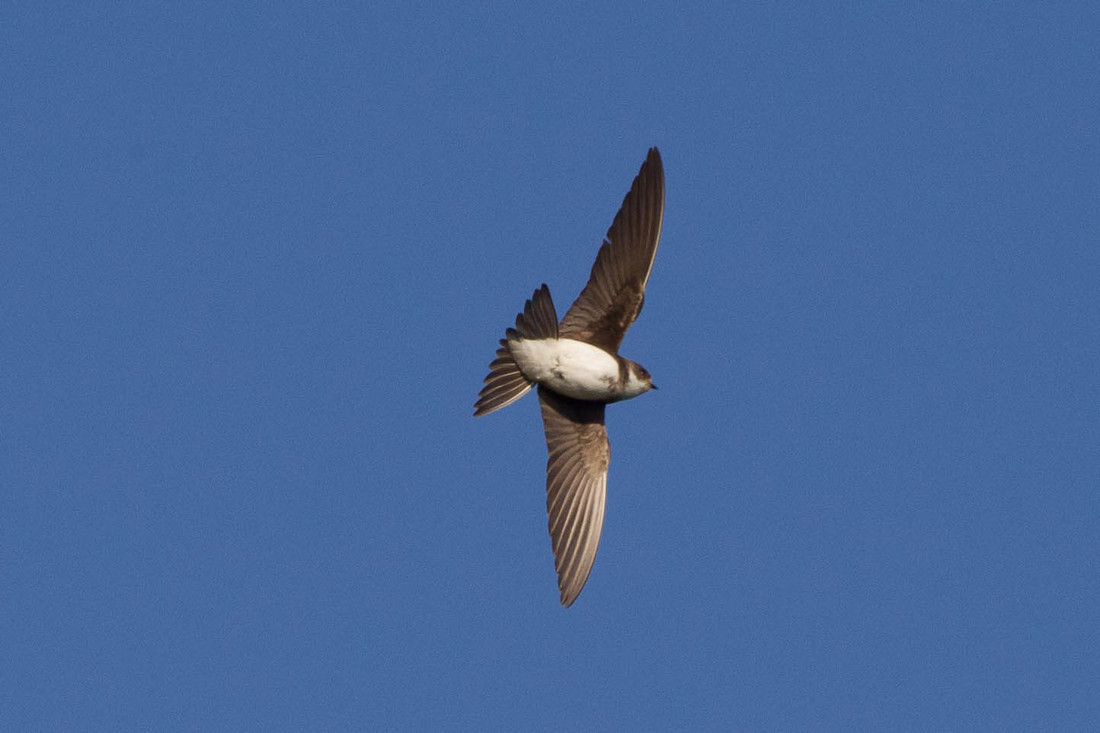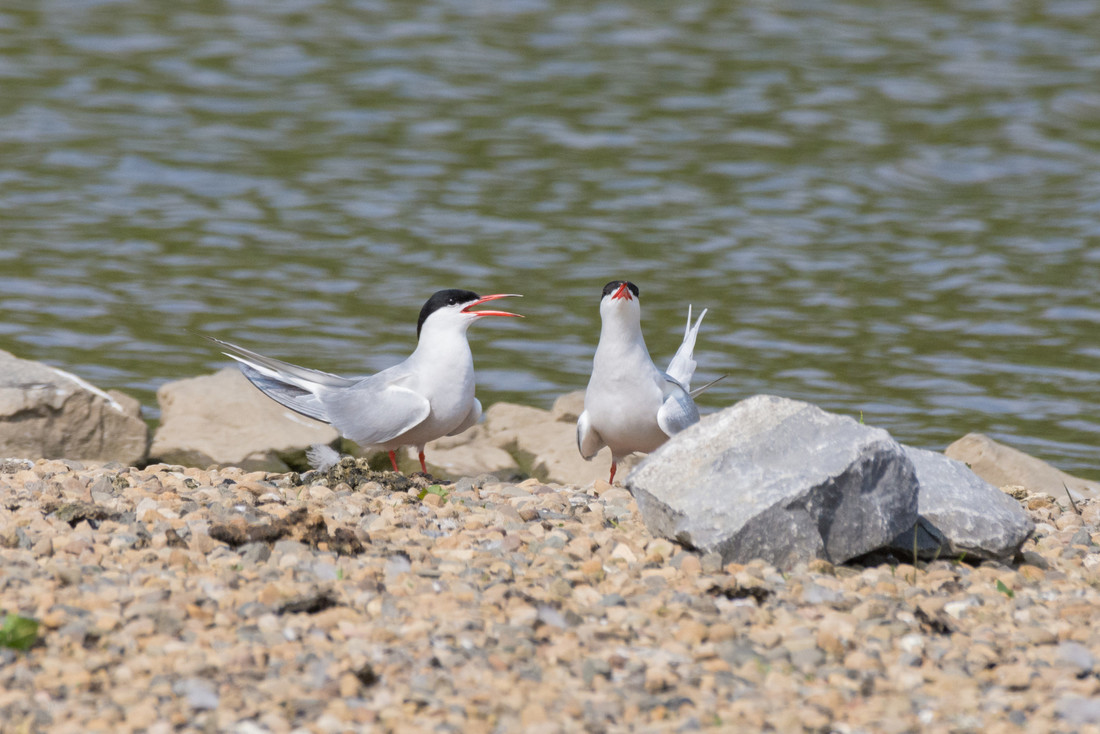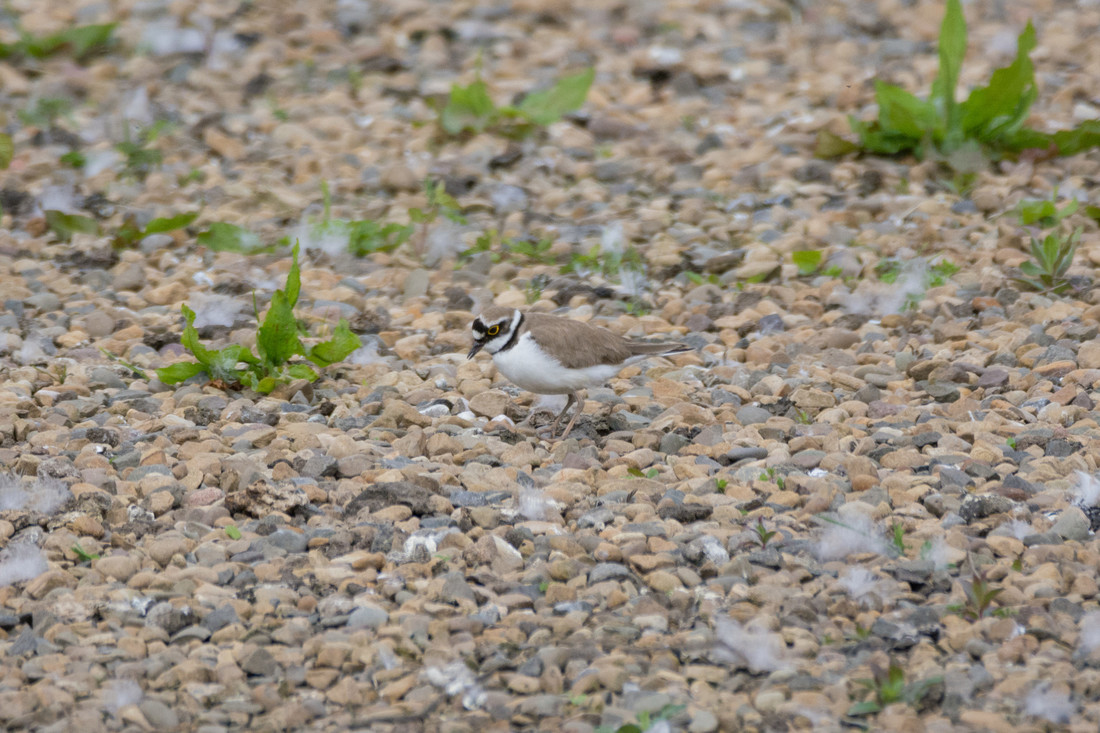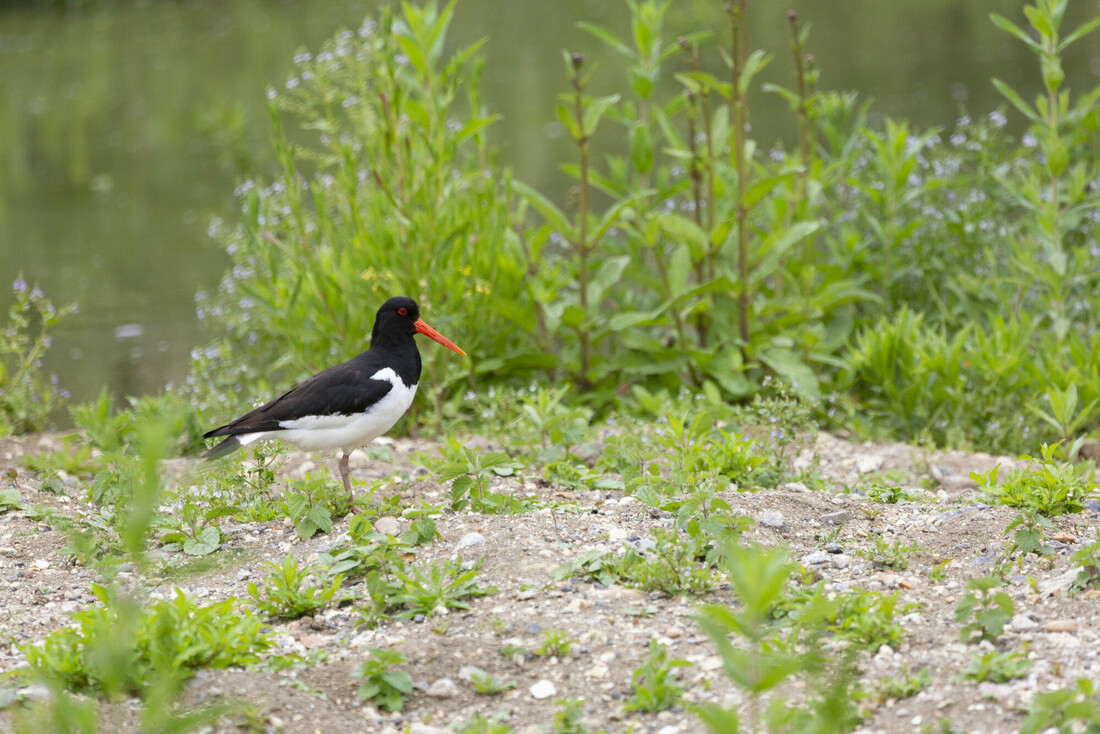Wildlife sightings for 30th September 2015
37 Wigeon - main lake, marsh, reservoir lagoon
1 Pintail - main lake
1 Mandarin - male, world wetlands
1 Hobby
2 Peregrine - perched on hospital
2 Swallow - flew S low and fast
1 Tree Pipit - flew SE
2 alba Wagtail - marsh
18 Meadow Pipit - various directions
2 Siskin
September bird highlights: Bittern, Little Egret, Hobby, Kestrel, Buzzard, Ruff, Green Sandpiper, Common Sandpiper, Snipe, Kingfisher, Yellow Wagtail, White Wagtail, Wheatear, Garden Warbler, Spotted Flycatcher, Nuthatch, Tree Pipit, Siskin.
September/October are good months for bird passage activity. Expect more wader species to come through daily, as well as a range of passerines like Warblers, Martins, Swallows and Pipits. The summer visitors are leaving while the wintering birds, like Wigeon and Shoveler, continue to arrive for the colder months ahead.
Reptiles: Common Lizards – the rain garden and pond zone on the south route have been the best spots and have youngsters. Juveniles also in the bog garden. The wildside 1st,2nd and 4th bridges all had juveniles present, and there were several juveniles on the bridge over the grebe pool/summer route, and a few were seen in the vegetation near the path between 1st and middle reedbed channels. Grass Snakes – 1 adult was seen swimming across the reservoir lagoon during the bat survey, and 1 juvenile near the world wetlands tundra exhibit.
BIG BUG HUNT RESULTS JULY-SPETEMBER
Dragonflies & Damselflies:
Azure Damselfy – odd individuals on South Route.
Common Blue Damselfly – now the most numerous blue coenagrionid to be found at this time of year.
Red-eyed Damselfly – this species has had one of its best years on record, although at this time of year very much outnumbered by its counter relative the Small Red-eyed Damselfly; found on lily pads on South Route .
Small Red-eyed Damselfly – good numbers to be found on floating vegetation and algae; peak numbers to be expected at this time of year; lily pads, hornwort, algae.
Southern Hawker, exuviae – look for these and other species’ exuviae in the Bog Garden pond in South Route.
Emperor Dragonfly, male and female – watch impressive blue males with their apple green thoraxes hunt and swoop over pools and channels.
Black-tailed Skimmer, male – mauve coloured males often bask along pathways on site.
Common Darter – red coloured males come to rest on marginal vegetation pendant over adjacent water.
Ruddy Darter, teneral – one seen colouring up after emerging from its exuvia in the Bog Garden pond and completing its “incomplete metamorphosis”.
Grasshoppers & Bush-crickets:
Roesel’s Bush-cricket – those with good hearing may have wondered what was causing the electric buzz emanating from the grassy verges around the reserve; it is this cricket that’s the culprit.
Dark Bush-cricket – the random chirps of this cricket can be heard from scrub and bramble (a favourite location) around the site; this cricket was present on south side of the Sheltered Lagoon.
Meadow Grasshopper – both males and females were found in grassland along the South Route (e.g. by Dulverton Hide) and Sheltered Lagoon.
Field Grasshopper – found in grassland along the South Route and Sheltered Lagoon.
Lesser Marsh Grasshopper – one was encountered in amongst the damp grassland / Purple Moorgrass by the Log Pile Garden.
Moth species:
Six-spot Burnet – found on knapweed south side of Sheltered Lagoon; greater numbers to be found on Field Scabious and knapweed on the grassy peninsula by bridge across the canal on the north side of Sheltered Lagoon.
Butterflies:
Essex Skipper – Sheltered Lagoon grassland (seen on pre-recce); knapweed / scabious-rich grassland on way to Peacock Tower from canal bridge
Brimstone, female – Sheltered Lagoon (south side); one settled in grassland on south side of Sheltered Lagoon
Large White – Visitor Centre courtyard; one zapped past heading for World Wetlands
Small White – Ammonite Garden on the South Route; one found nectaring on flowers in Ammonite Garden
Purple Hairstreak – White Water-lily pool grassland, South Route
Comma – path on south side of Sheltered Lagoon
Gatekeeper – grassland south side of Sheltered Lagoon
Meadow Brown – grassland south side of Sheltered Lagoon; one of our most abundant butterfly species on site
Bugs:
Giant Willow Aphid – Living Willow fence on South Route, on Osier; large aggregations forming on willows, producing copious honeydew; this attracts the attention of Black Ants, wasps and ladybirds amongst others
Parent Shieldbug – adult guarding eggs on Alder leaves, Succession pool, South Route; newly hatched nymphs are also attended to as well
Beetles:
Red Poplar Leaf Beetle – this scarlet beauty is a denizen of young growths of poplar found along path edges around the Sheltered Lagoon
Willow Leaf Beetle – one found by the Bog Garden on South Route
Yellow-and-Black Longhorn Beetle – these striking beetles can be found feeding in the flowers of knapweed and scabious around the grassland verges of South Route and Sheltered Lagoon
7-spot Ladybird – seemed to be attracted to the Giant Willow Aphids and their production of honeydew
Harlequin Ladybird – seemed to be attracted to the Giant Willow Aphids and their production of honeydew
Flies:
Marmalade Hoverfly – this species is ubiquitous and is a gardener’s best friend as the larvae feed on aphids; found taking advantage of the honeydew on the willow fence
Long Hoverfly – a dainty little grassland hoverfly; found taking advantage of the honeydew on the willow fence
Picture-winged Fly species – the black / dark patterning and mottles on the wings of these flies are a characteristic feature
Sawflies, Wasps, Ants and Bees:
Sawfly species -
Ichneumonid wasp species x2
Sputnik Gall
Common Wasp
German Wasp
Black Ant
Wool Carder Bee
White-tailed Bumblebee
Buff-tailed Bumblebee
Common Carder Bee
Red-tailed Bumblebee
Honey Bee
Spiders:
Segestria florentina
Zebra Spider
Comb-footed Spider
Nursery Web Spider
Linyphaea triangularis
Araneus diadematus
Larinioides cornutus



